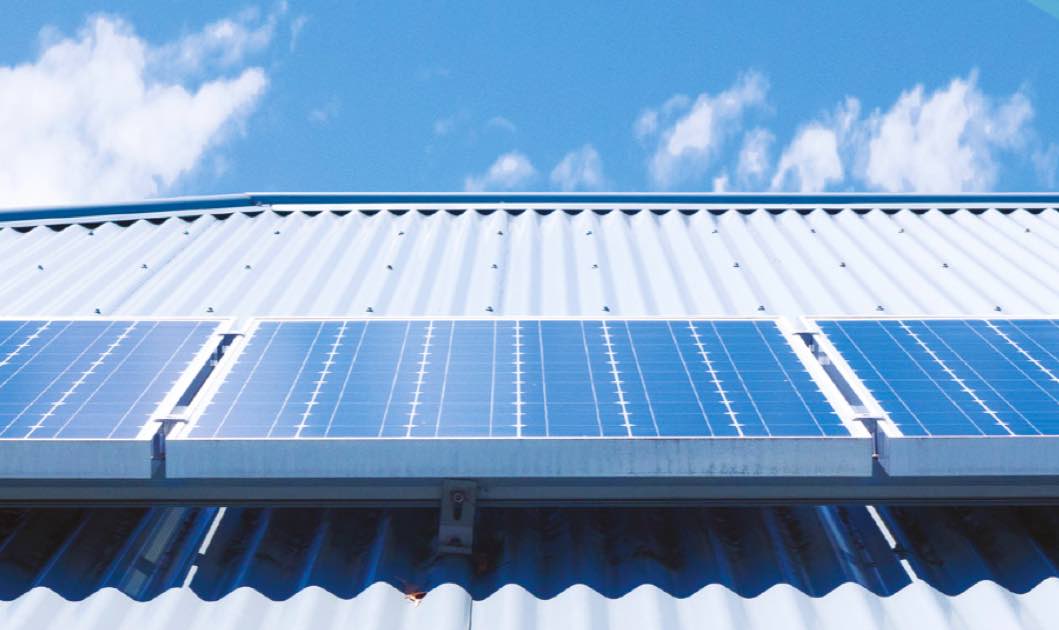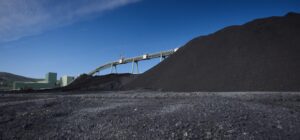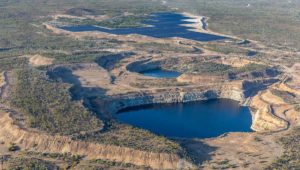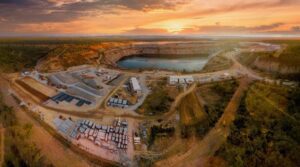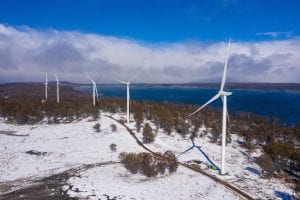Ross Garnaut-led renewables gentailer Zen Energy has unveiled plans to develop a 1GW pumped hydro project, using land that once served the New South Wales coal industry to supply up to eight hours of “firmed” renewable energy to the state’s grid as it transitions away from fossil fuels.
Announced on Wednesday with the support of WaterNSW, the Western Sydney Pumped Hydro Project proposes to pump water through mostly underground tunnels from Lake Burragorang to a reservoir formed out of an old coal washing pit, in use until as recently as 2001.
Zen Energy says it will develop the project in partnership with the Dunbier family, which owned the former coal mining company Burragorang Valley Coal, and now wants to be a part of the NSW clean energy future.
For Zen, this will be the first brownfield renewable energy development project the company has ever undertaken, and a major departure from its bread-and-butter business of contracting renewables from other developers.
And while it’s an ambitious undertaking to kick things off, Zen CEO Anthony Garnaut says the company firmly believes pumped hydro will be an important part of the renewable energy mix, particularly as aging coal plants exit the system.
“Western Sydney Pumped Hydro marks Zen’s entry into renewable energy development in New South Wales. This is a key milestone for us as we grow and envision a 1.5-degree world for all,” he said on Wednesday.
“Large-scale energy storage projects like Western Sydney Pumped Hydro are key to keeping the lights on and energy prices in check in NSW as our coal-fired power stations age and retire over the next decade.”
Ross Garnaut, a leading economist and climate change policy expert, in 2019 put the case that Australia could be powered 100 per cent by “intermittent” renewables by the early 2030s, and have a grid that is reliable, secure and cheaper to run.
He has also been critical of Snowy 2.0, raising concerns about its ballooning costs and the potential market power. In 2019 he suggested taking the Snowy 2.0 scheme and putting it into a separate government owned entity that would provide “reliability services” at minimum cost.
Zen says its Western Sydney Pumped Hydro project would work by using excess renewables – much of it generated on the state’s solar rooftops – to pump water from Lake Burragorang through tunnels to the reservoir located at Nattai on the escarpment above the lake.
When electricity demand peaks on either side of the solar duck, water is released to drive underground turbines and send renewable power into the grid.
The company says it has been given the green light by WaterNSW to progress the project, which is connected to Sydney’s biggest water storage facility.
The company says initial studies have shown that the project would not have any detrimental impact on water quality or levels – including no flooding of the shoreline and surrounding natural environment.
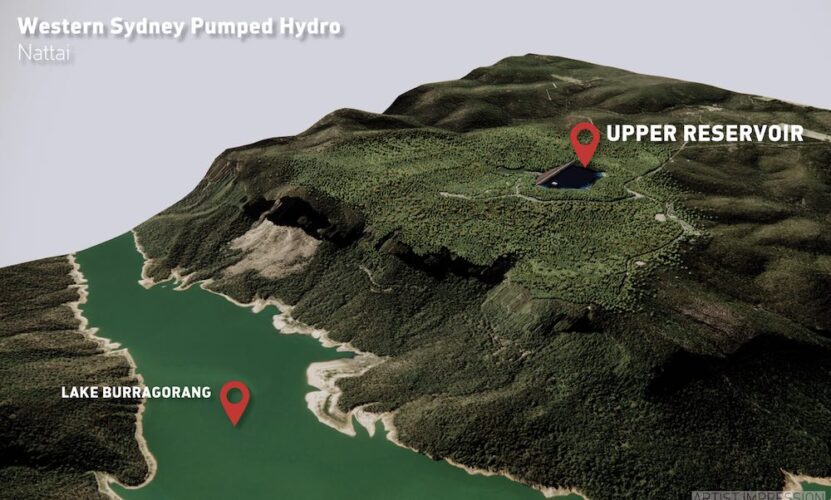
Anthony Garnaut says one of the main attractions of this particular pumped hydro proposal is that, if it’s found to be feasible, it has a relatively clear planning pathway, in that it would have minimal impact on the existing landscape.
The old coal washery site at Nattai is highly degraded, which means minimal clearing of bushland or further impact on biodiversity. The private and leasehold land used for the project is also removed from conservation areas around the Burragorang catchment area maintained by WaterNSW.
Responsibility for the rehabilitation of the coal washery will fall to Zen as will ensuring the water quality of nearby Lake Burragorang is safeguarded – the upper reservoir will have to be lined to any coal dust contamination.
Zen says much of the project’s workings will be out of site, including new transmissions lines which the company says it is proposing to underground, along road easements.
The next steps are to undertake a range of studies, consultation and co-design with Traditional owners, local residents, and other stakeholders.
All going to plan – and presuming all government approvals and a social license are secured – Zen believes construction could begin as soon as 2027, with completion and operation by 2030 or 2031.
This is just a couple of years after the developers of Snowy 2.0 expect the much delayed 2.2GW pumped hydro project to reach full commercial operation, after that date was pushed out to December 2028.
At half the size of Snowy 2.0, and with less exposure to the sort of tunneling nightmares that continue to plague that project, the Garnaut-led pumped hydro project could even beat Snowy 2.0 to the grid.
“We love a bit of competition,” Anthony Garnaut told RenewEconomy on Thursday, before stressing that these were two very different projects, with different roles to play on the grid.
Zen would use its pumped hydro project to store excess rooftop solar generated throughout the day and shift it into the morning and evening peaks – relieving the state’s coal plants of that job.
On costs, Zen hopes to deliver Western Sydney Pumped Hydro for $3 billion – one-quarter of the $12 billion Snowy 2.0 is currently expected to cost.
Working in the Zen project’s favour is the “known geology” of mostly sandstone and the proximity of the Wollondilly Washery upper reservoir, just 3km in distance from Lake Burragong, which translates to shorter tunnel lengths.
The upper reservoir is elevated around 400 metres above the level of Lake Burragong at the top of a steep escarpment, letting gravity do most of the work, and is said to hold 4000 Olympic swimming pools worth of water.
This is what the Australian National University’s Andrew Blakers might describe as pumped hydro at its simplest: “two dams, one high on a hill and one down in a valley, with pipes and turbines connecting them.”
Blakers and his team in 2022 identified 1,500 Australian sites in an atlas of bluefield sites; locations with at least one reservoir already in place that offer some existing social licence and are usually publicly owned.
For these same reasons, WaterNSW has been assessing sites across its portfolio to identify opportunities for projects like that being proposed by Zen.
In February this year, a company owned by Malcolm and Lucy Turnbull won a tender to work up plans for two pumped hydro projects in the NSW Hunter region, promising to deliver long duration storage totalling more than 1,400MW for eight to 12 hours.

